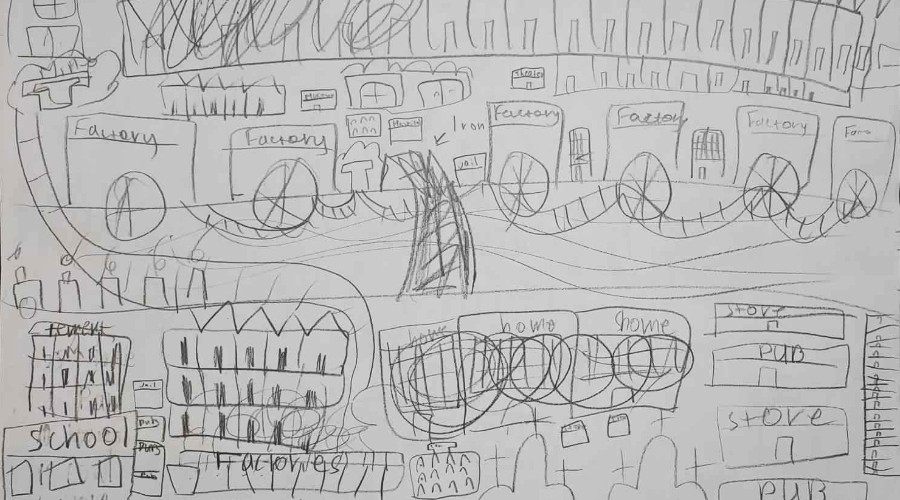From Village to City: Life in the Industrial Revolution
- Sep 5, 2025
- 1 min read
by John Stephany
Our Grade 7 historians stepped into the shoes of villagers in 18th and 19th-century England through a hands-on simulation of the Urban Game. Starting with a quiet rural village, students experienced, step by step, how canals, factories, coal mines, and new inventions transformed everyday life.
Key Learnings for Students
Change & Continuity: Students saw how rapidly life shifted from farming villages to crowded industrial towns, and how this disrupted family life, work, and community traditions.
Innovation & Impact: New technologies like the seed drill, water frame, and steam engine boosted production but also led to pollution, child labor, and unsafe conditions.
Social Inequality: The simulation showed the contrast between factory owners and workers — with some families moving into grand manor houses while others crowded into unhealthy tenements.
Connections to Today: Students reflected on how industrialization still shapes modern urban life, from environmental challenges to questions of social justice.
By the end, our students didn’t just learn about the Industrial Revolution, they lived through its challenges and changes on paper. A powerful reminder that history isn’t just dates and facts, but the story of how people’s lives were transformed.

























Comments